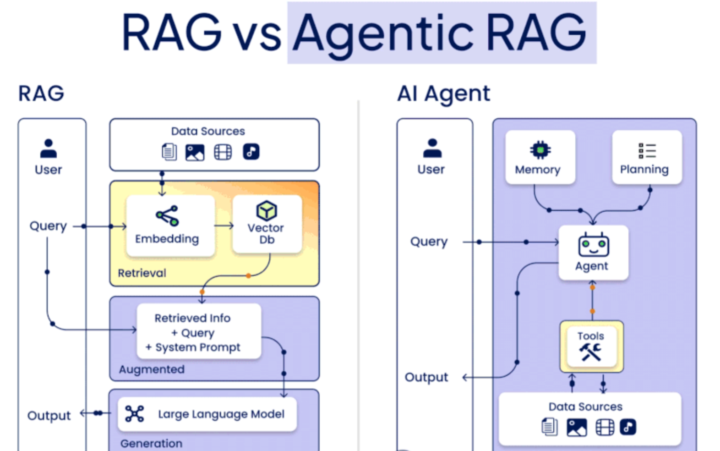Activity
Mon
Wed
Fri
Sun
Nov
Dec
Jan
Feb
Mar
Apr
May
Jun
Jul
Aug
Sep
Oct
What is this?
Less
More
Memberships
Algo Trading
2.8k members • Free
The Aspinall Way
20.4k members • Free
AI Automation Society
152.8k members • Free
9 contributions to AI Automation Society
Where did you find your first client
Let's share our experiences and learn from each other's ✌🏻. The first door is the hardest to open, All the veterans in this community share your experience for all the beginners.
Poll
2 members have voted
4
0
Fixed Invoice Processing Accuracy from 81% to 99.7% with Smart Document Routing
Client retention crisis. Invoice automation accuracy stuck at 81%. Three clients threatening cancellation. THE ACCURACY PROBLEM Client #1: Multi-vendor invoices, formats changing monthly Client #2: Scanned receipts with coffee stains and folds Client #3: International invoices in 6 languages Single OCR approach failing across all document types. THE DIAGNOSTIC WEEKEND Downloaded 500 failed invoices. Analyzed failure patterns: Pattern 1: Template-based invoices (45% of volume) - Consistent layout, known vendors - Current accuracy: 95% - Issue: Minor layout variations breaking extraction Pattern 2: Scanned paper invoices (30% of volume) - Poor quality, handwritten notes - Current accuracy: 67% - Issue: OCR struggling with image quality Pattern 3: International formats (15% of volume) - Different currencies, date formats - Current accuracy: 71% - Issue: Parsing logic too rigid Pattern 4: Complex tables (10% of volume) - Merged cells, spanning rows - Current accuracy: 54% - Issue: Table structure not preserved THE INTELLIGENT ROUTING SOLUTION (n8n) Built smart document classifier: Node 1: Document analysis and classification - Image quality assessment - Template pattern recognition - Language detection - Table complexity scoring Node 2: Routing logic (4 processing paths) Path A: Known templates → Pattern matching + basic OCR Path B: Poor quality scans → Image enhancement + specialized OCR Path C: International formats → Multi-language processing Path D: Complex tables → Structure-preserving extraction Node 3: Processing execution per path Node 4: Results validation and confidence scoring Node 5: Automatic retry with different path if <90% confidence Node 6: Human review queue for persistent failures THE ACCURACY TRANSFORMATION Reprocessed failed invoices with routing: Template invoices: 95% → 99.8% accuracy Scanned invoices: 67% → 98.9% accuracy International: 71% → 99.1% accuracy Complex tables: 54% → 97.4% accuracy Overall accuracy: 81% → 99.7%
Share your WEEKLY ACHIEVEMENTS!!
Hey fellow members. I think regularly sharing our achievements, new things we learned, our goals would be a great way to keep our community active and get the best out of it. I have finished the foundational concepts od n8n. Now I am planning to strengthen the concepts in AI, Prompting, RAG, and other concepts. I have recreated 10 workflows through YT tutorials. Feel free to share you achievements in the comment section :) ⬇️⬇️⬇️
Agentic RAG vs RAG
Agentic RAGs: The Future of AI Workflows Leading AI companies like Glean, Perplexity, and Harvey use sophisticated Agentic RAGs to handle complex enterprise tasks. This powerful combination leverages the strengths of both: - RAG (Retrieval Augmented Generation): - AI Agents: How Agentic RAGs Combine Strengths: - Smarter Retrieval: AI agents intelligently manage RAG's data retrieval, dynamically selecting sources based on query needs. - Enhanced Prompts: Agents build on RAG's augmented prompts by adding planning and real-time, tool-based data, feeding a highly refined input to the LLM. Operational Workflow (Simplified): 1. Query In: Agent receives user query. 2. Context & Plan: Agent uses memory and plans data retrieval strategy. 3. Data Fetch: Tools (like vector search) gather relevant data. 4. Prompt Optimize: Agent combines data, query, and prompt, applying reasoning. 5. Response Out: LLM generates final, intelligent output. Agentic RAGs are transforming how AI tackles complex challenges in the tech industry.

In just 10 minutes, I built an AI agent that creates scripts for short-form content.
This was a small project for a creator who makes content in the tech niche. He creates creative content along with content informing his audience about the current trends and hot topics in the industry. He basically wanted more time for creative content and wanted the content about reporting current trends to be automated, hence this AI agent. Mind you, this is just the basic MVP; to actually apply this in the real world, you would have to: - Add a record and retrieval system for our latest and best-performing content. - And give it internet access through Tavily or something similar. Let me know what you guys think and what could be done better.
1-9 of 9
@habeeb-mohammed-4043
Ai & Data science engineer | Automation expert who build's systems that deliver a ROI
Active 2h ago
Joined Sep 11, 2025
Powered by




